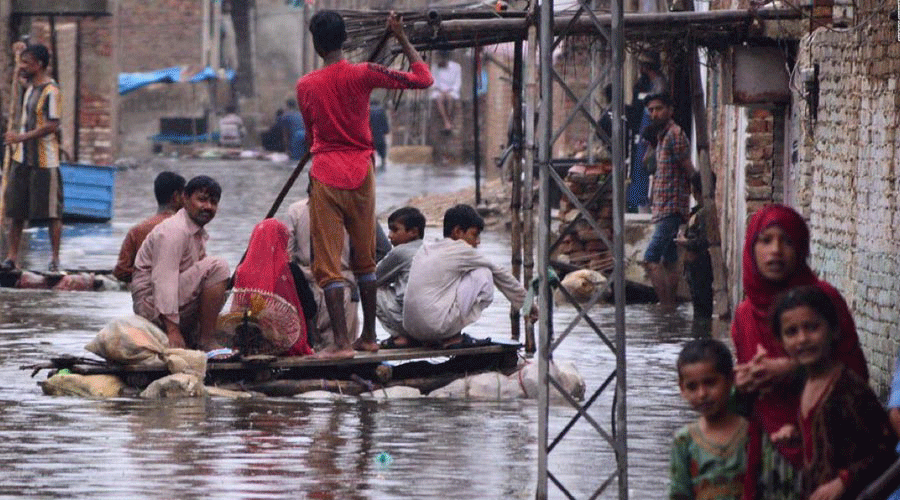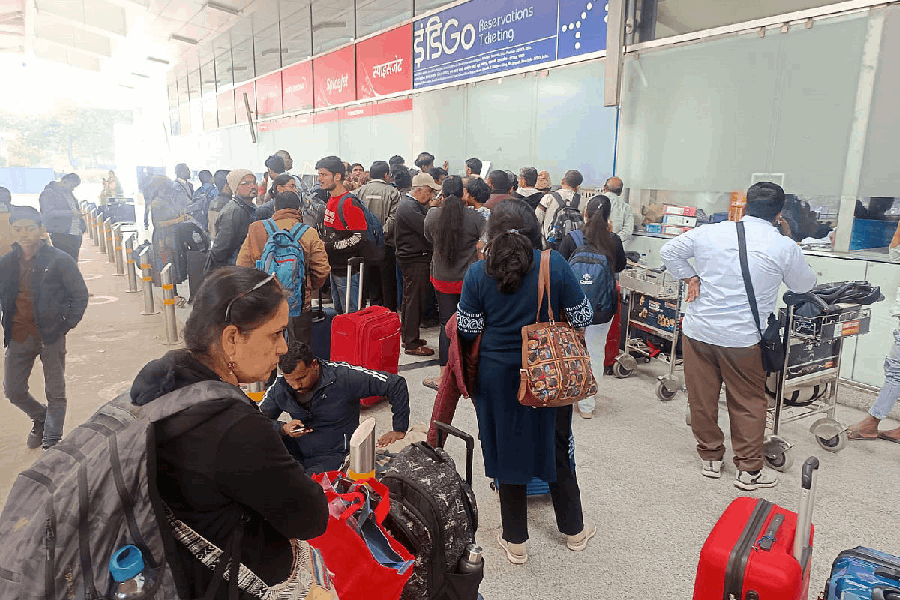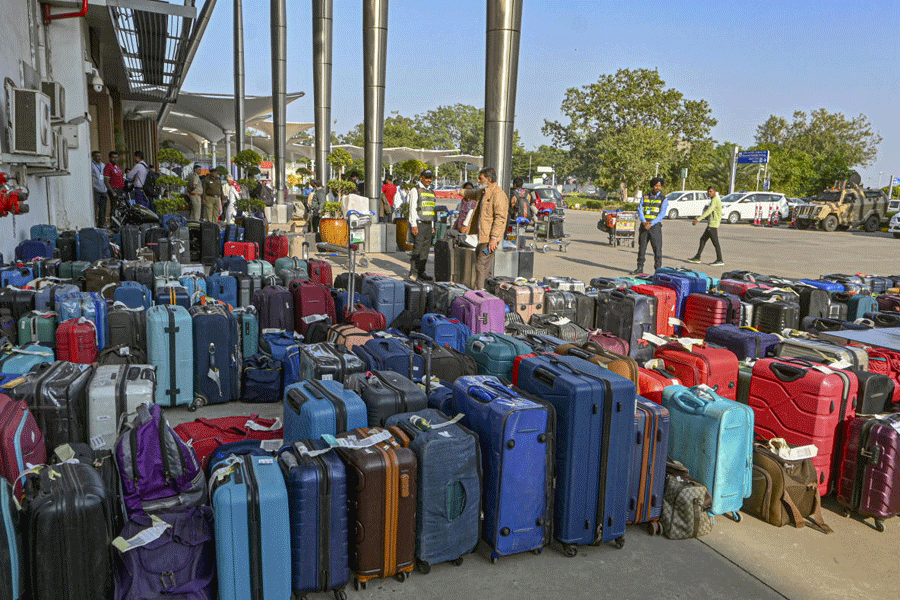Across Pakistan, torrents of floodwater have ripped away mountainsides, swept buildings off their foundations and roared through the countryside, turning whole districts into inland seas.
More than 1,100 people have died so far, and more than one million homes have been damaged or destroyed. After nearly three months of incessant rain, much of Pakistan’s farmland is now underwater, raising the spectre of food shortages in what is likely to be the most destructive monsoon season in the country’s recent history.
“We are using boats, camels, whatever means possible to deliver relief items to worsthit areas,” said Faisal Amin Khan, a minister in the Khyber Pakhtunkhwa province, which has been severely affected.
“We’re trying our best, but our province was hit worse now than in the 2010 floods.”
That year, flooding killed more than 1,700 people and left millions homeless.
At the time, the secretary-general of the UN, Ban Ki-moon, described the disaster as the worst he had ever seen.
The crisis unfolding this summer is the latest extreme weather event in a country often ranked as one of the most vulnerable to climate change.
Pakistan this spring began experiencing record-breaking, drought-intensifying heat, which scientists concluded had been 30 times as likely to occur because of human-caused global warming. Now, much of the countryis underwater.
While scientists can’t yet say how much the current rainfall and flooding may have been worsened by climate change, researchers agree that in South Asia and elsewhere, global warming is increasing the likelihood of severe rain.
When it falls in an area also grappling with drought, it can be particularly damaging by causing sharp swings between far too little water and far too much, too quickly.
“If that rainfall was distributed over the season, maybe it wouldn’t be that bad,” said Deepti Singh, a climate scientist at Washington State University Vancouver.
Instead, strong cloudbursts are ruining crops and washing away infrastructure, with huge consequences for vulnerable societies, she said.
“Our systems are just not designed to manage that.”
Pakistan is already beset by skyrocketing food prices as well as political instability, leaving the government shaky when leadership is most critical.
New York Times News Service











